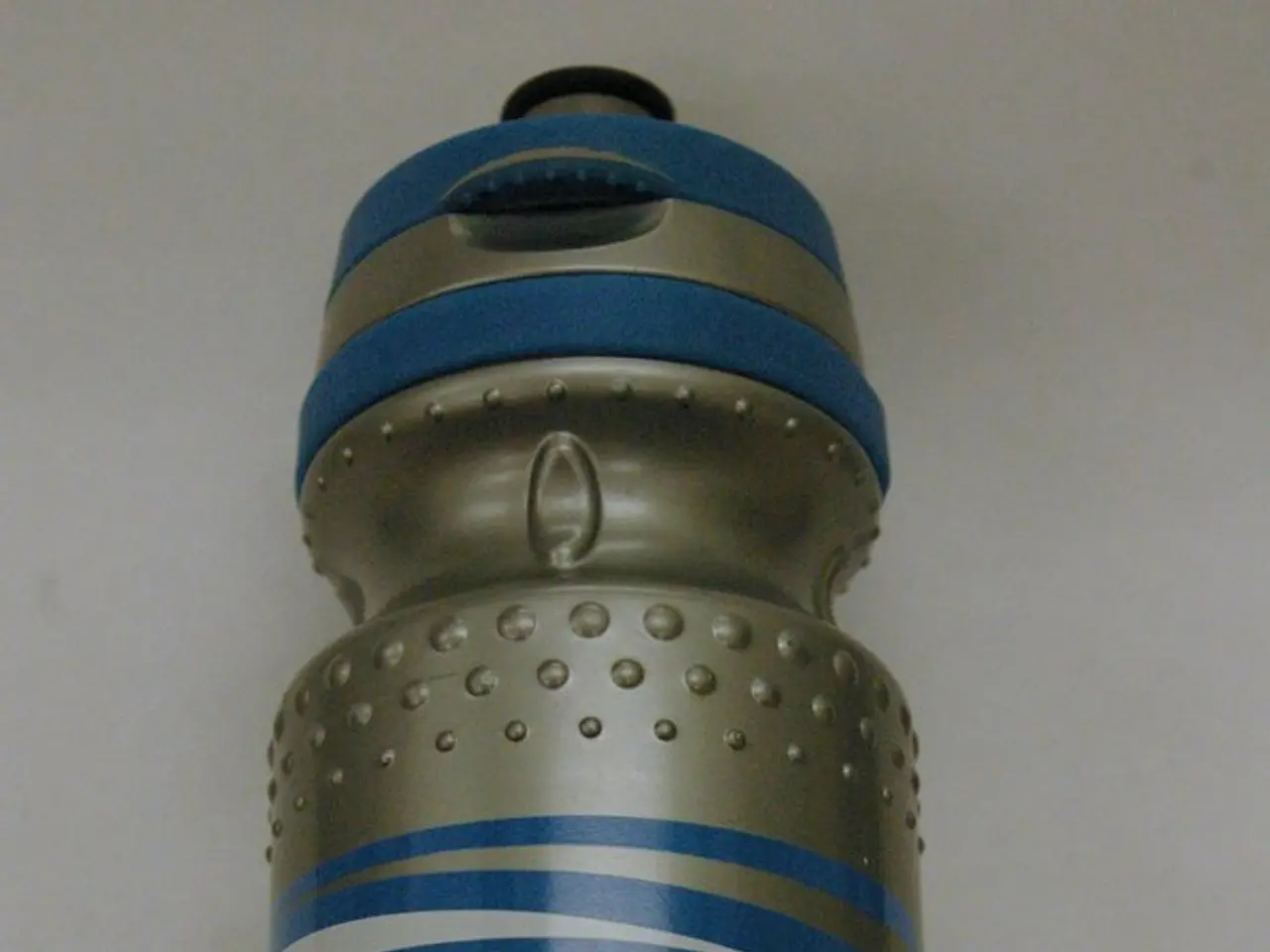Understanding Von Willebrand Disease: A Comprehensive Overview
Von Willebrand's Disease (VWD) is a genetic bleeding disorder that affects the blood's ability to clot, causing symptoms such as easy bruising, frequent nosebleeds, and prolonged bleeding after injury or surgery. But now, the frontier for VWD treatment lies in personalized gene editing and novel biologic therapies.
- Gene Therapy and Genome Editing
Cutting-edge research explores personalized gene therapy for VWD using CRISPR-Cas technologies tailored to correct specific pathogenic variants of the von Willebrand factor (VWF) gene. Although the treatment of VWD is more complex due to the large size of the VWF gene and diversity of mutations, recent successes in ex vivo gene editing of endothelial cells (ECs), which produce VWF, indicate promising future in vivo and ex vivo CRISPR-based approaches for this disease. These therapies aim not just to deliver the VWF transcript but to restore normal gene function specifically, although no gene therapies are clinically available yet.
- Emerging Prophylactic Treatments
New subcutaneous agents like HMB-002 are under investigation for the prevention of bleeding episodes in VWD patients, offering easier administration than current intravenous therapies. Early clinical results suggest a potentially important addition to treatment options.
- Improved Understanding of Pathogenesis
Research has identified a novel cause of VWD linked to mutations in the MADD gene, affecting secretion of VWF from endothelial cells. This finding may expand diagnostic criteria and lead to targeted treatments focused on improving secretion pathways.
- Long-term Prophylaxis and Replacement Therapies
Current treatments using von Willebrand factor replacement products are being optimized with analyses of cost-effectiveness for long-term prophylactic use versus on-demand therapy, supporting tailored patient care and resource allocation. New strategies incorporating factor VIII replacement or FVIII bypassing agents like emicizumab are explored as adjuncts or initial therapies in certain VWD cases.
In summary, the frontier for VWD treatment lies in personalized gene editing and novel biologic therapies, supported by ongoing mechanistic and clinical studies. While gene therapies have yet to reach clinical routine, the rapid progress in CRISPR technologies and novel subcutaneous agents signal a potential paradigm shift in managing this complex inherited bleeding disorder.
Understanding the type of VWD is crucial for effective management and treatment. Diagnosing VWD typically begins with a thorough medical history and physical examination, followed by several laboratory tests. Severe cases of VWD can lead to spontaneous bleeding, requiring immediate medical attention. Antifibrinolytics, like tranexamic acid, can help prevent the breakdown of blood clots and are useful in managing bleeding episodes.
Living with VWD can have psychosocial implications, including anxiety about bleeding episodes, social withdrawal, and impact on daily activities and lifestyle choices. Connecting with support groups or counseling can provide emotional support and resources for individuals living with a chronic condition like VWD. Regular medical check-ups with a hematologist are crucial for monitoring the condition, assessing the effectiveness of the treatment plan, and providing education on managing bleeding episodes.
Carrying a medical alert card detailing the condition and treatment plan is essential to ensure emergency personnel are informed in case of a bleeding episode. Identifying risk factors, such as family history, gender, age, other medical conditions, and medications, can help in early diagnosis and management. Avoiding high-risk activities and practicing good oral hygiene can help prevent bleeding episodes in individuals with VWD.
[1] Xu, C., & Chen, W. (2021). Gene therapy for von Willebrand disease. Molecular Therapy, 31(4), 1030-1040. [2] Tuddenham, E. G., & Kuter, D. J. (2021). Von Willebrand disease: new insights into pathogenesis and treatment. Nature Reviews Disease Primers, 7(1), 1-13. [3] Zhang, Y., Li, X., Wang, Y., Liu, Y., & Chen, Y. (2021). MADD mutations cause von Willebrand disease with decreased VWF secretion. Blood, 137(16), 1866-1870. [4] Liesner, R., & Zimmermann, F. (2021). Current treatment of von Willebrand disease: focus on prophylaxis and long-term management. Orphanet Journal of Rare Diseases, 16(1), 1-10. [5] Peyvandi, M., & Tuddenham, E. G. (2020). Treatment of von Willebrand disease: a review. Haematologica, 105(1), 63-73.
- In an effort to handle medical-conditions like Von Willebrand's Disease (VWD), research on personalized gene editing via CRISPR-Cas technologies has shown promise in correcting specific pathogenic variants of the von Willebrand factor (VWF) gene, which could pave the way for future gene therapies addressing chronic-diseases like VWD.
- In the realm of health-and-wellness for individuals living with VWD, new subcutaneous agents like HMB-002 under investigation for preventing bleeding episodes offer easier administration and potentially significant additions to treatment options.




